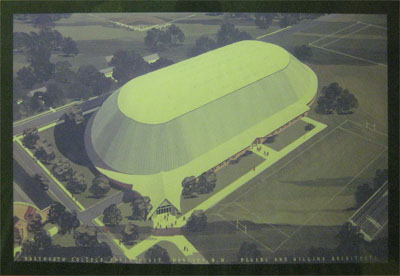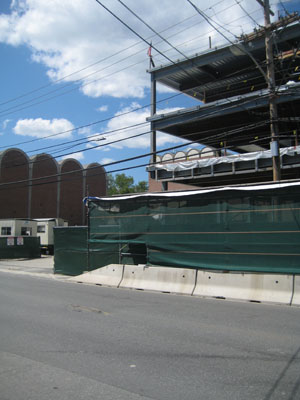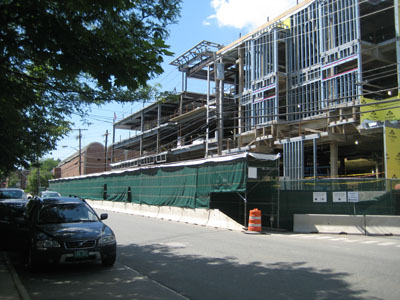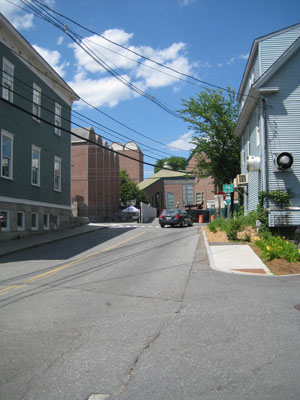Graduate Studies at Dartmouth (or “the Graduate Studies programs,” collectively lowercase) haven’t given the impression that they form a single school or college. Over the past several years, however, they have unified under a logo comprising the Old Pine, likely derived from the Bicentennial Flag, inside an oval. The oval logo is reproduced in a prior post and is vestigially visible on the current Grad Studies site.
Now Graduate Studies have a new coat of arms with a kinship to those of the other schools:

Graduate Studies coat of arms, from Graduate Studies
This shield has a woodcutty form similar to that of the recent Thayer School arms. The year “1885” (I think) in the base would be the year that Dartmouth granted its first Ph.D. degree; there is no singular institution here to claim a foundation date. (Some sources have Dartmouth giving a Ph.D. in 1877 to astronomer John Robie Eastman of the Chandler class of 1862.)
This iteration seems to place the numerals with a bit more success, from the DCHCDS site:

Graduate Studies coat of arms from DCHCDS application
The white pine is carried over from the earlier oval logo, and below it the lines of the New Hampshire hills create a depression rather than the rising hill (a peak of enlightenment to be ascended, etc.) found on Dartmouth’s seal. The lines also read as a pair of cradling hands.
It turns out this coat of arms is the product of a competition held last October. The competition brief required a representation of waves (have I misread those lines? The tree is growing out of the upper line) and referred contestants to the shields of Tuck, Thayer, and DMS — but not of Dartmouth itself. The brief also required entries to show the year 1960, which is when the current crop of grad programs began, and that must have been regarded as the “founding” year when the brief was published. There is a discussion in the comments about the advisability of dividing the year into two pairs of numbers, and some question about how and when during the competition the year 1885 was substituted for 1960.
All of the competition entries are available for viewing. Several alternate between the Grad Studies pine and the Bicentennial pine; several follow the Tuck School example fairly closely. One from SB Design deserves credit for depicting Wentworth Hall, the Grad Studies headquarters. Another sort of quarters the arms of the three Associated Schools, using the paths on the Green to divide the shield. The winning designer was Scott Gladd. (He has some alternative versions, including an intriguing one with Baker Library, in his portfolio.)
Now the logotypes of Dartmouth and its Associated Schools and related entities, as they are lined up at the bottom of the DCHCDS site, are one step closer to complete congruity. Only the hospital, the Institute for HP&CP, and the DCHCDS itself are without coats of arms.
Isn’t this interesting. Where the symbols of the appropriate programs are lined up for an online application form, both DIHPCP and DCHCDS (noted above as lacking logotypes) are represented by Dartmouth’s shield:

Row of logotypes from application.
—-
[Update 08.31.2013: Broken link to Gladd replaced.]
[Update 04.25.2011: Minor wording changes and date correction.]
[Update 01.22.2011: Second image replaced with better version; note about row of four logotypes added; competition information added.]







